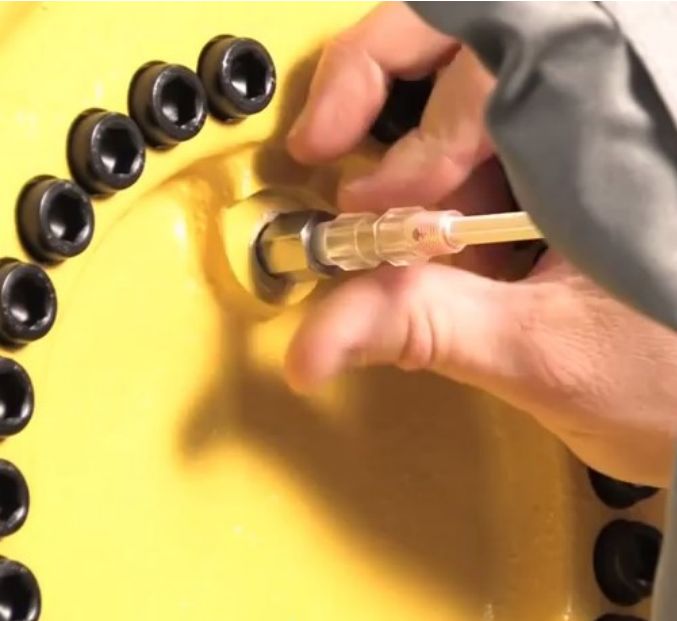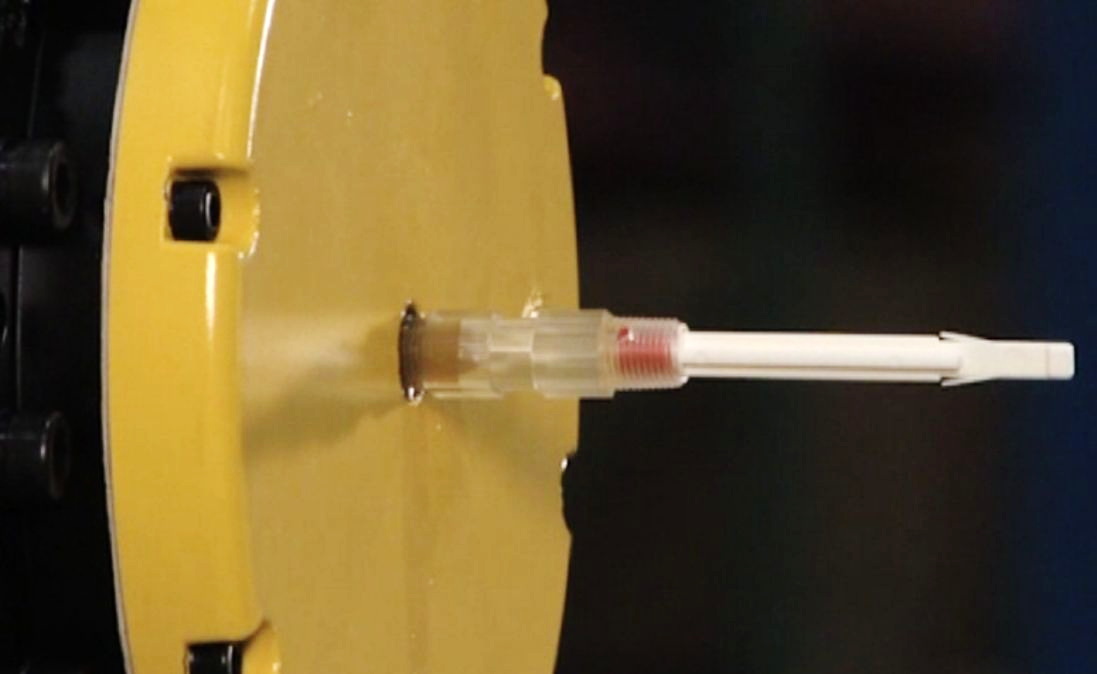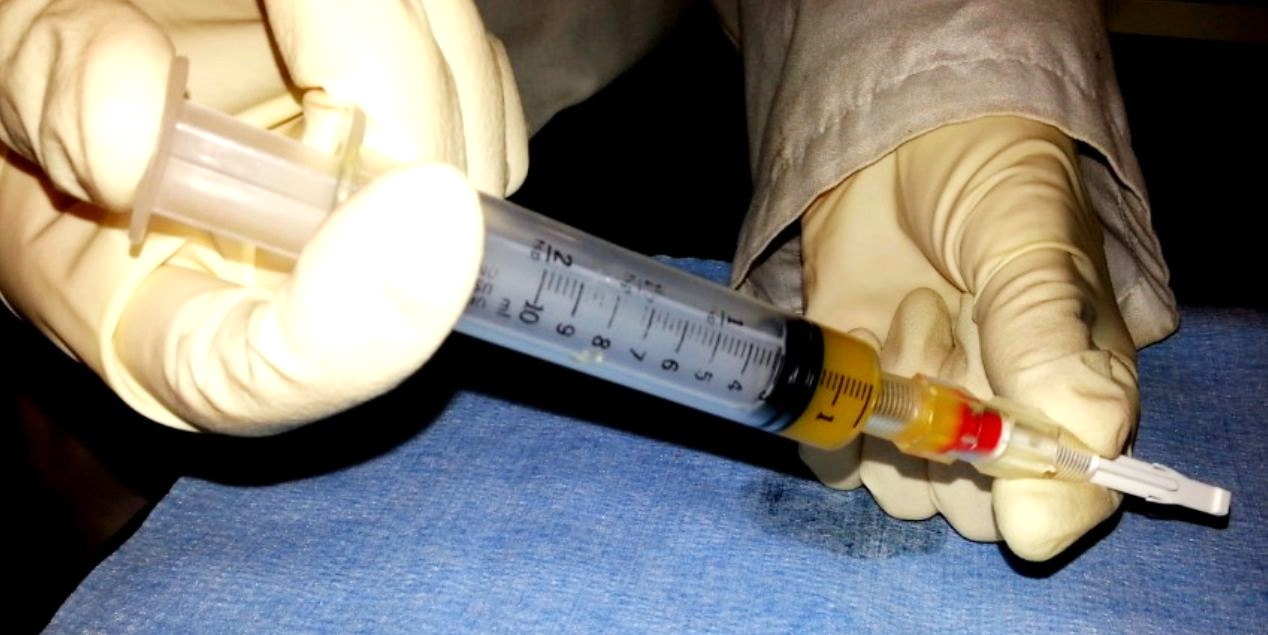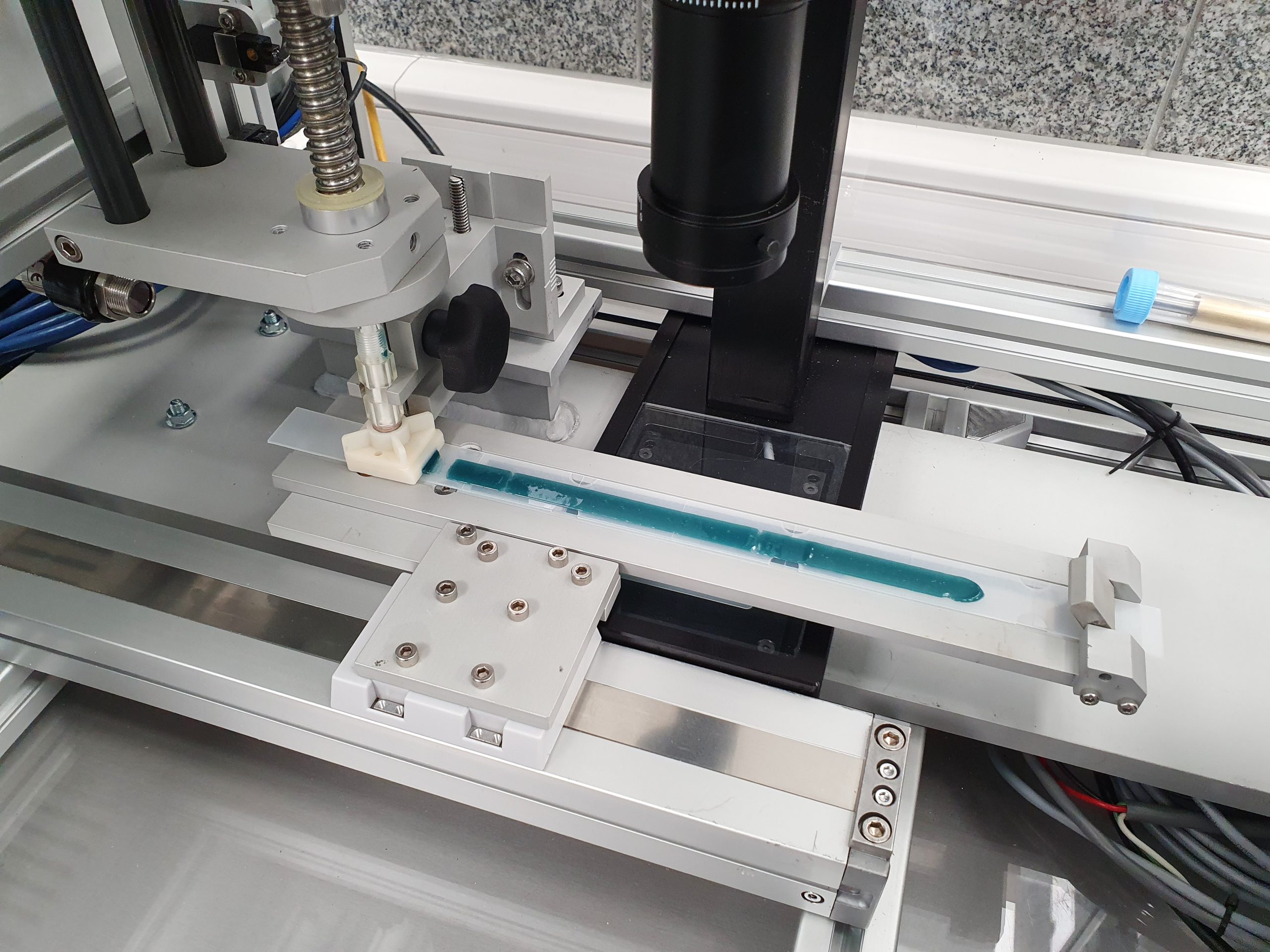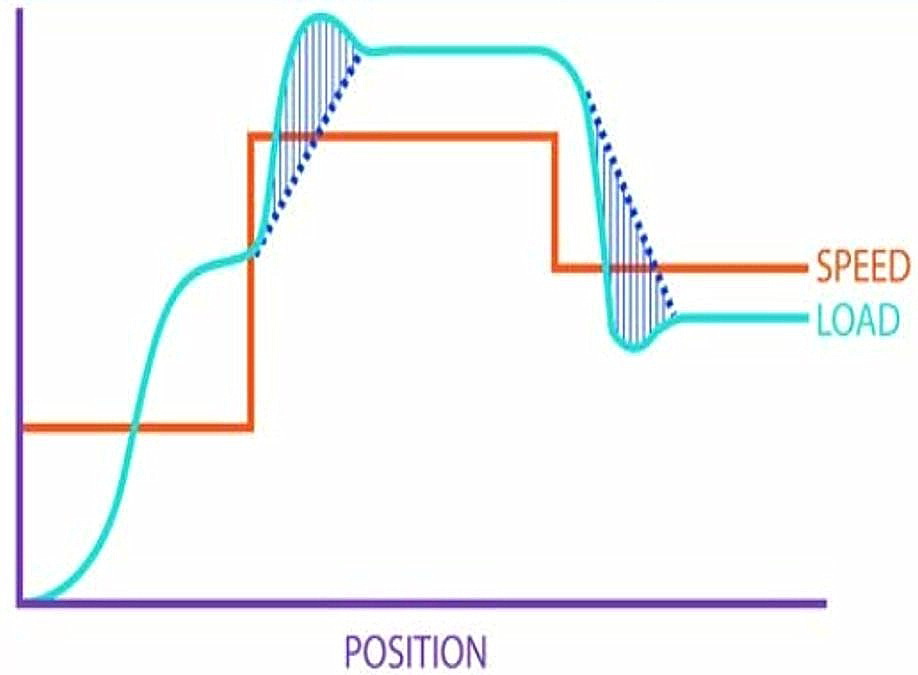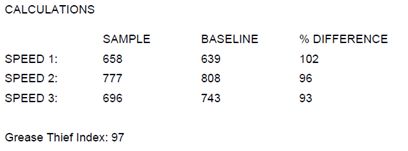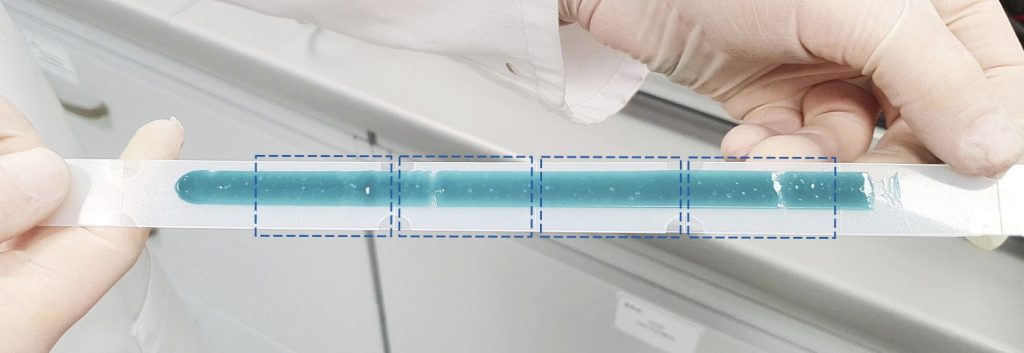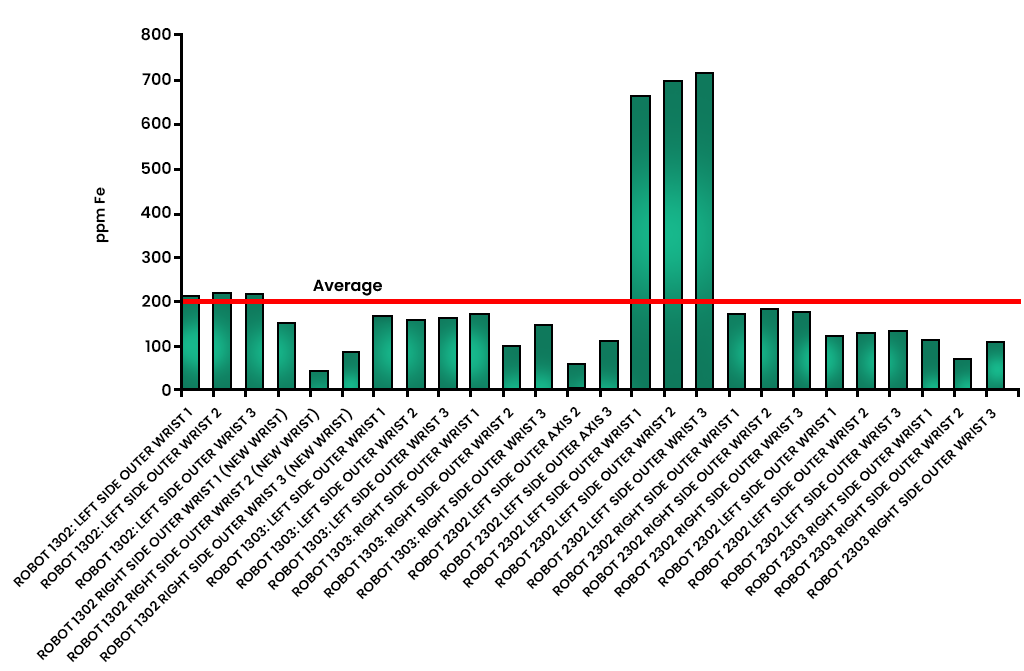Grease Thief® – a source of knowledge about lubricant condition
Contrary to appearances, this will not be a crime story about grease theft, as the title of this article might suggest. This will be a short tour of the truly forensic research capabilities of lubricant testing, using Grease Thief® technology – lubricant analysis in the modern era.
Lubricant analyses (analogous to blood tests in humans) have been providing information on lubricant condition for more than a century, and for decades have been widely and effectively reporting on equipment condition. They are an indispensable and undeniable tool to support maintenance, optimization of lubricant selection, optimization of lubrication operations, etc. The general awareness of oil testing is quite broad, lubricant testing still seems to be underestimated, which is a common mistake, as the opportunities and benefits of this field continue to grow.



